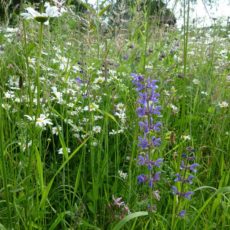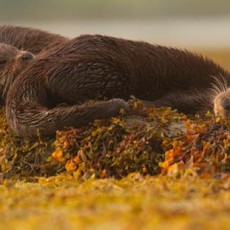Guest post by Simon Leadbeater
“Never let the truth get in the way of a good story.” Mark Twain
Blackbirds gracing my garden always lift my mood. Their invariable fleeing in alarm when I enter, however, expresses a universal verity, and we witness something similar every time we go for a walk in the countryside. Sigmund Freud wrote of the “inability of people to hear things which did not fit in with the way they saw themselves… We put ourselves through all sorts of inner contortions, rather than look plainly at those things which challenge our fundamental understanding of the world” (Kingsnorth 2017: 268). I am trying to start here, to acknowledge from the outset this is not what people for the most part will want to hear. I fear being misunderstood, associated with views I do not hold or cast in the mould of people whose values I do not share. This contentious issue is impossible to disentangle from the politics of power within our species. My interest, however, lies in the significantly more iniquitous distribution of power between species. I have decided to represent the most vulnerable, the oppressed, and in some cases the soon to no longer exist; as best I know how this blog speaks for them.
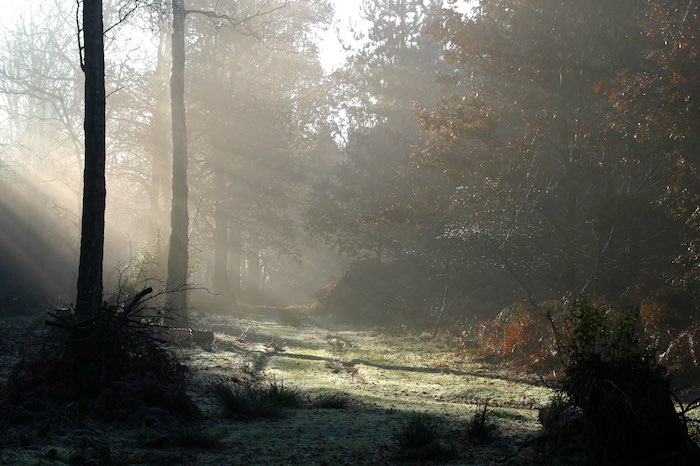
Context is everything. In May 2019 the Intergovernmental Science-Policy Platform on Biodiversity and Ecosystem Services (IPBES) assessed the “five direct drivers of change in nature… in descending order: (1) changes in land and sea use; (2) direct exploitation of organisms (euphemistically described as ‘overharvesting’); (3) climate change; (4) pollution and (5) invasive alien species” (IPBES 2019). For ‘drivers of change’ read extinction. ‘Changes in land and sea use’ means destruction of habitat, and in the last few centuries we have lost wild spaces – chiefly forests but also grassland – on the scale of Russia and the deficit continues to grow alarmingly (See Leadbeater 2019, and Reuters in Brasília 2019).
Of these five drivers I would like to add a sixth; the sixth driver of the Sixth Extinction (See Leadbeater 2018) is increasing public access and invasive recreation in the countryside. I base this judgement upon what all of us see but tend not to notice, together with secondary research.
One of the foremost experts in examining extinction is Oxford’s Clive Hambler, who in his revised book Conservation (2013) wrote “recreational activity can lead to disturbance, which is the equivalent to reducing habitat area” (Hambler & Canney 2013: 83). Habitat loss is also the greatest source of wildlife suffering (Czech 2013: 171), and if recreation can be equated with erasing or transforming a habitat into something else, then recreation must also cause suffering.
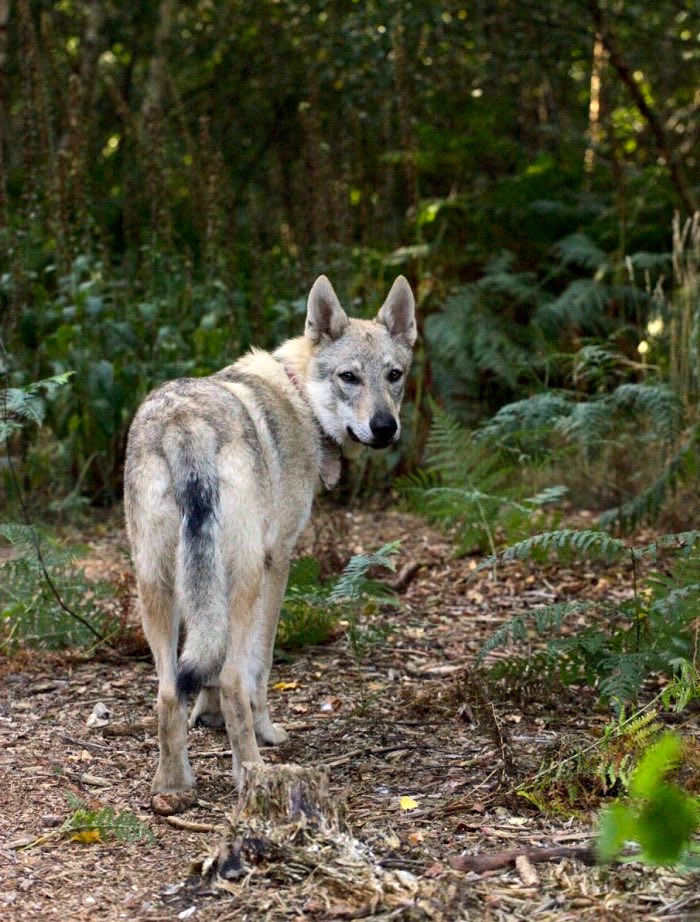
Walking with man’s best friend is one of the commonest forms of countryside recreation. Hambler and Canney cite research from across the world mentioning dog walking in particular. Dogs can have a greater impact than people or cars, can disturb mammals up to 100s of metres from a path, and can reduce bird diversity by 35 per cent and abundance by over 41 per cent (Hambler & Canney 2013: 83), a concern also reflected in Chris Packham’s A People’s Manifesto for Wildlife.
This sixth driver does not work in isolation, but coalesces with the previous five to create an irresistible force. Of course a little access is less impactful than a lot, but once established is difficult to limit or control, and with growing human populations the irreversible trajectory is for more not less access and its corollarial impact. Increased human activity can only ever negatively affect wildlife (Hambler & Canney 2013 and Bötsch et al. 2018) and increasing numbers of studies are discovering the “negative effects of recreation on animals” (Larson et al. 2016).
For anyone who both denies the evidence of their own eyes and the research I present here, I suggest they try to assemble peer-reviewed papers which evidence that recreation does not adversely impact on Nature. Irrespectively people still won’t want to agree with me.
…hypocrites! for ye shut up the kingdom of heaven against men: for ye neither go in yourselves, neither suffer ye them that are entering to go in… Matthew 23: 13
My main interest is woodlands, perhaps because I live in one. Here increased access can mean, inter alia, “more extensive and continuous disturbance to breeding birds and [other] species…. [and] causes trample damage to ground flora” (Hertfordshire Biodiversity Action Plan 2006). I know how this must look. But I have come to this view precisely because I refrain from walking in my own wood. Let me explain.
In June 1999 we bought Rector’s Wood when I was a middle-manager in local government living in an ex-council house; we re-mortgaged to buy the woodland. Values have changed, and for the same price today woodlands.co.uk would only sell a small component of our land, but nevertheless we cannot be described as wealthy. We have lived off-grid in our woodland since April 2015 and have recently bought an electric car that we charge via our solar panels. We live with four dogs, half a dozen rescue chickens and two rescue turkeys, and also have three sheep. Aside from occasionally eating our chickens’ eggs, my diet is plant-based. I suppose this might fit a stereotype of sorts, but perhaps not one aligned to the argument I am trying to marshal.
Our woodland was traditionally made up of oak standards with hornbeam coppice. Unfortunately in the late 1970s it was sold and the new owner advised to sell much of the mature oak, and then to replant with a mixture of conifers ‘nursing’ young oak trees. This makes our woodland a ‘plantation on an ancient woodland site,’ or PAWS for short. For twenty years, and particularly the last four, we have dedicated ourselves to restoring the woodland, the details of which can mostly be read elsewhere, such as in Reaching Forward to the Past, but I will mention three of our main projects. The first is that we have restored some of the hornbeam hedges surrounding the woodland, and, second, grown around 60 oaklings derived from the ancient and veteran oaks of neighbouring country estates.
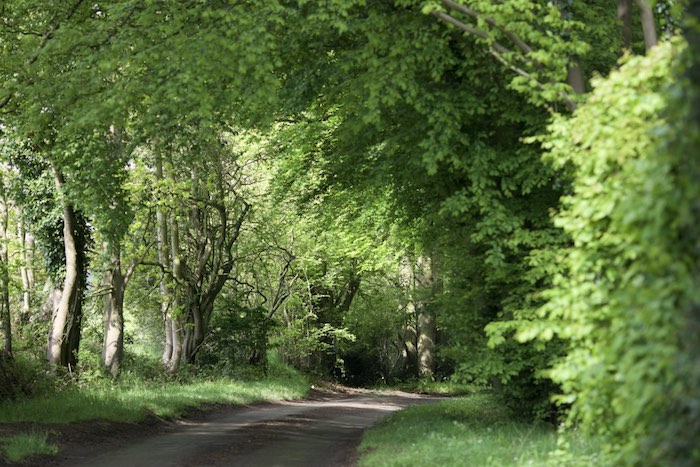
Finally, and perhaps most ambitiously, in late 2017 we fenced in a central six acres. This compartment had the poorest regeneration, and here we have planted over 500 small leaved lime. For the first year, as discussed in Ancient Roots to Untruths, I was terrified the lime would die because of the ferocious heat and drought, but most have survived, and thankfully at the time of writing we have had a little rain this June and July.
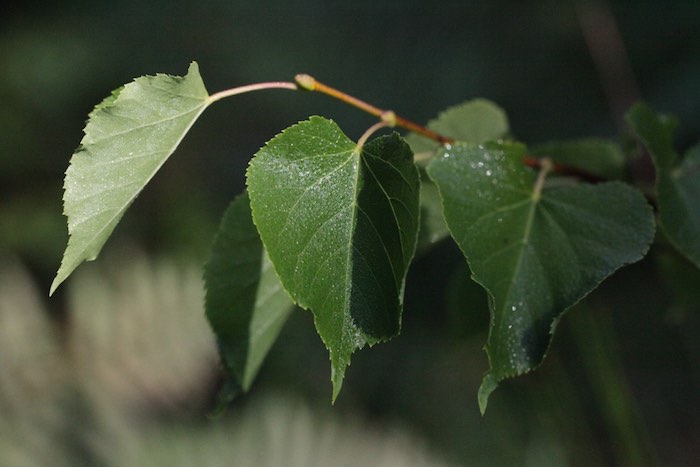
And while I am very fond of the limes and hope they will contribute to the woodland’s resilience and provide a nectar source in due course, what has been really encouraging is noticing the regeneration of hornbeam, oak, and unexpectedly beech. Not quite mustard and cress, but there are signs the space I used to call our rewilding area, will do well.
Creating this enclosure has also had a very surprising benefit; the outcome of putting us, the humans, in a cage.
“At the edge of a clearing… a creature was standing… it … had a pale face… A kind of dread emanated from that face, a cold terror.” Bambi, A Life in the Woods, Felix Salten (1928)
As I say, I very rarely visit our woodland, and only to check on trees I have planted which might need a little care. Not because I cannot be bothered, lack the time, or am not interested. Most of the woodland is plantation; the now 40-year-old oaks are growing reasonably well, and are perhaps not terribly exciting. But there are also the edges, where, for example there are some veteran hazels, and my favourite maiden beech in its prime. So, why don’t I go more often?
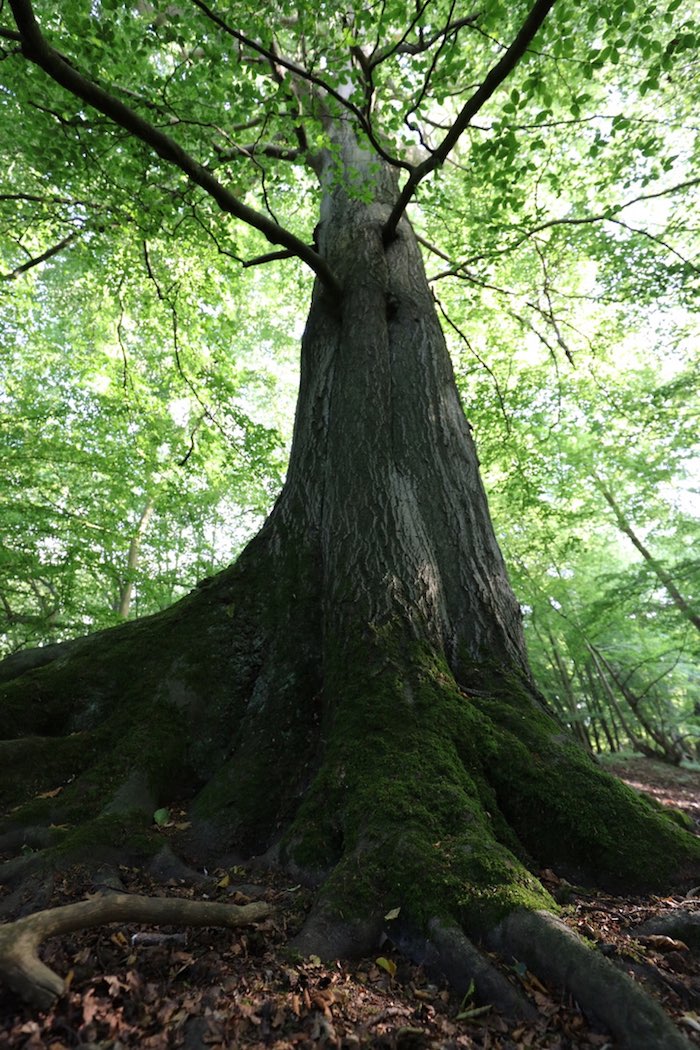
Whenever I go for a wander I witness lots of scurrying, fleeing, flapping, escaping. When I went for a walk this early spring I was delighted to see no less than four woodcocks, but they were not pleased to see me, as evidenced by their zigzag dash through the young trees to safety. Hares pretend I cannot see them lying flat in their forms, then suddenly zoom off into cover. Early in June – and I should have known much better – I heard a Tawny fledgling, and then went closer to take a phone photo, only to force them into flight. Most of all I see deer, sometimes furtively stealing away, occasionally barking alarm, but more often in a mad panicky gallop off into dwindling distances. So, when I walk in the woodland I have it mostly to myself as far as animal kind is concerned. I often wish I could proverbially communicate with the animals like Dr Dolittle, and would explain that I mean them no harm, that I never eat their kin, and that I am just passing through having checked up on their home, and where necessary am making a few improvements for them. But they see in me, what they see in all humans, a threat, a predator, a being who only conveys dread. So they run.
Life, Liberty and the Pursuit of Happiness
Perhaps like many people who buy woodlands we were at first vaguely concerned to promote conservation. This is a little like becoming a vegetarian because I liked animals and was mainly concerned at their suffering (See Leadbeater 2019). Via the unlikely route of a theologian – Professor John Berkman – I have come to realise that happiness is important too: a “happy life in which the creature is flourishing according to the capacity of that particular species…. A creature, whether a tree or a sheep or human being, is given various capacities by God. Its blessedness lies in being able to exercise those capacities… it is about fulfilling what one has been called to in one’s life.” Berkman recommended moving away from general statements of avoiding suffering to focusing on the needs of individuals and suggested we all should become ‘theological ethologists’ (Berkman 2017). So, in short, it is not enough to think in terms of conservation, we need to create happiness. What are the indices of happiness for wild-living animals?
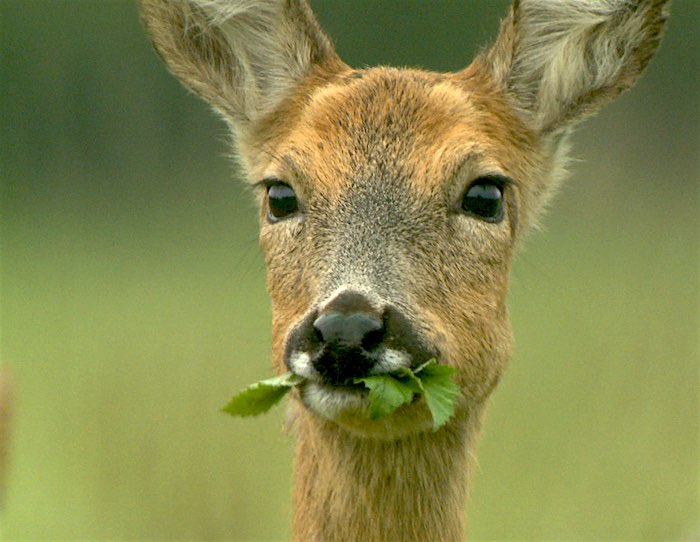
On one of my rare walkabouts I spotted a fox curled up sleeping in the sun, emblematic of an animal at ease, instead of being harried and constantly seeking cover which is how we usually see them. The serendipitous consequence of fencing in the middle section of our wood is that whenever we walk the perimeter rather curiously we have begun to see quite a lot of deer, and indeed other animals, such as hares. The odd thing about the deer is that they seem to know we are in effect in a cage, and cannot harm them. We see them lying down contentedly, or browsing and wagging their white tails, a sign of being relaxed if nothing else. We have got to know some of the individuals, a young white one, and another youngster we call ‘Cheeky,’ owing to his penchant for barking at us and our dogs, as if to say, ‘bring it on.’ So, we co-habit with the Fallow, providing we remain behind our fence.
I am no ethologist (theological or otherwise), but I know of someone who is, Professor Marc Bekoff. He will advise that animals spend more than 90 per cent of their time engaged in ‘prosocial behaviours,’ that is playing, sharing, and being nice to one another (Bekoff 2014: 110). So, when I see deer lying down together on the ‘deer lawn’ or grazing in a group wagging their tails, I can fairly assess they are at ease, and as happy as I can make them. While far from an Arcadian paradise, leaving the woodland alone has made a qualitative difference to nonhuman animals’ lives. I am not meaning to dismiss our conservation work, but we may have achieved the most simply by keeping away.
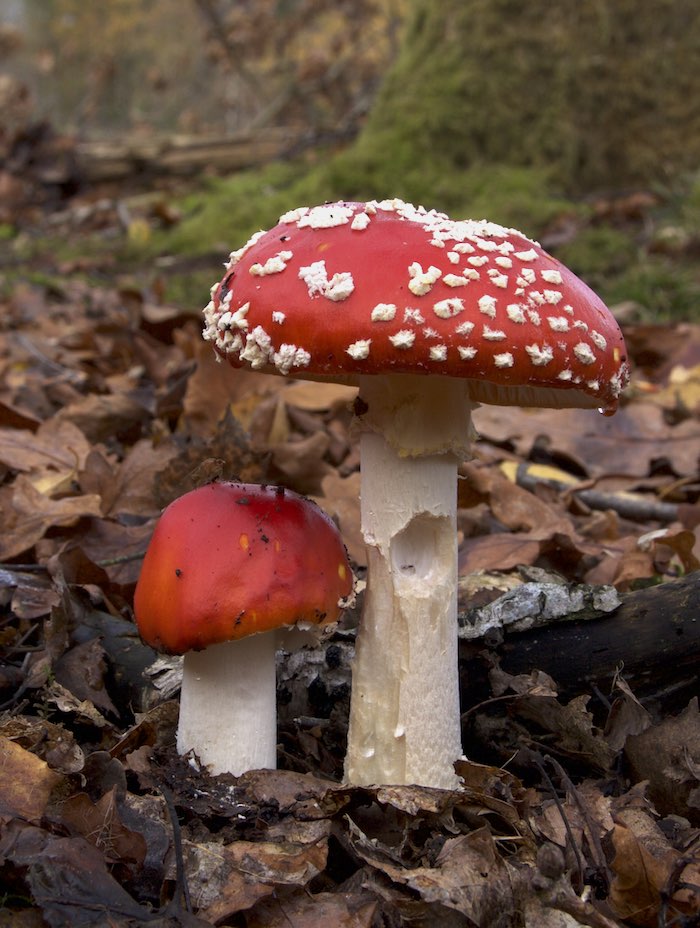
The affliction of human supremacy
Eileen Crist describes what she calls the ‘the human supremacy complex’ in terms of three invisible widespread beliefs: that the Earth belongs to humanity; that the planet consists of resources for the betterment of people; and that human beings are ‘obviously’ superior to all other species (Crist 2017: 62). The difference between power and authority, so I recall from undergraduate days, is that people accepted the latter and sometimes challenge the former. Interestingly, the challenge to the power of some people – landowners in the case I am about to recount – has the likely if inadvertent consequence of reinforcing the authority of human supremacy over other species.
It might be argued that political change is required to halt our extinction crisis, perhaps so, but I fear the change aimed at dismantling traditional landownership patterns may be the wrong type of change. Instead of the human supremacy of the few it will be of the many; nonhuman life will potentially fare significantly worse. The change I want to see does not consist of redistributing land within one species, but rather of sharing it more justly with other species.
In the summer of 2019 a number of authors including George Monbiot produced a document for the Labour Party entitled Land for the Many. I think this is an important document, as, if implemented, it might change the complexion of Britain for ever. I am mainly interested in one aspect of Land for the Many, which concerns the issue of public access to the countryside. The report states that some 90 per cent of land in England and Wales remains ‘off-limits’ to the public, and recommends that the Government “extend the CRoW Act 2000 to grant a Right to Roam across all uncultivated land and waterways, excluding gardens and other limited exceptions.”
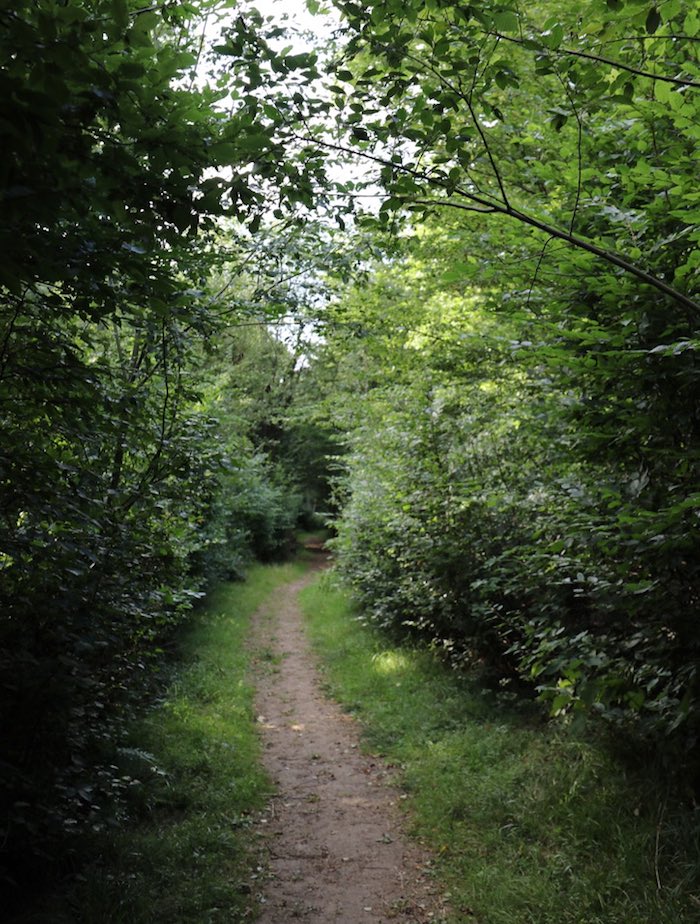
A vignette – Ambrose Wood in Harpenden, Hertfordshire
What might this mean in practice? Back in 2013 as a town councillor I was made aware that some residents were attempting to demonstrate continuous access along circular routes throughout the whole of a 2 acre woodland – Ambrose Wood – for over 20 years. Owing to the problems being then caused by access the local wildlife trust had put up a sign which stated the following: … [ancient woodland indicator] species’ survival in Ambrose Wood is being threatened by a number of access routes and frequent dog mess… Trampling results in bare ground, where only a few general species can survive. Dog mess results in nitrification of the soil, which encourages nettles and brambles to dominate and choke rarer species… we do not wish to prevent access… but we need to control the amount of disturbance and trampling… in order to preserve the ancient character of the wood and its associated wildlife.
From memory the wildlife trust recommended one path, aiming to leave most of the woodland less disturbed. The residents, however, won, and wildlife lost.
If the ‘Right to Roam’ principle were extended to small fragile woods this would be disastrous. As urban growth continues its inexorable progress, woodlands will increasingly become islands amidst patterns of development, and most residents in the new suburbs will value them for their recreational instead of ecological value. Uncontrolled access to every part of every wood to increasing numbers of people – and their dogs – is self-evidently inimical to woodland biodiversity; the sheer scale of a continuous human presence cannot fail to make a difference. Woodlands would soon cease to be natural, and indeed become more like parks, but for the most part without park-keepers. Looking forward to a UK human population of perhaps 100M before the end of the century, we can see that unfettered access to small woodlands in areas with high population densities would undoubtedly be a major driver of wildlife suffering. Animals would increasingly struggle to find cover and spaces free of us, their suffering presaging their extinction.
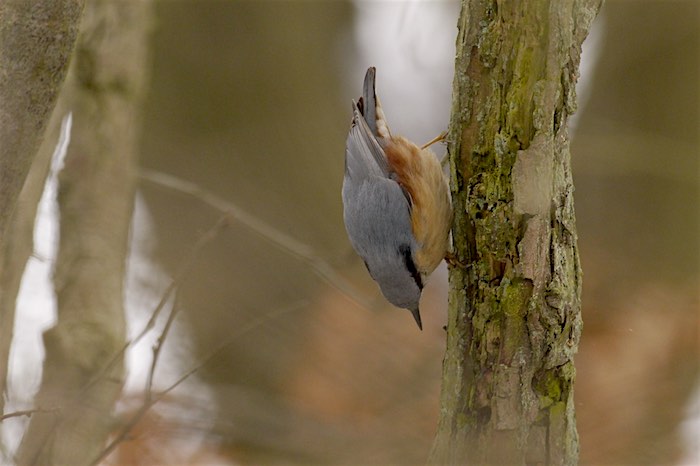
“The trees and the grasses, and all things growing or living in the land belong each to themselves.” Goldberry, Lord of the Rings, J R R Tolkien
The IPBES report informed us that a further million species are threatened with extinction primarily by extirpating habitats; we do not actually need Clive Hambler to tell us – public access self-evidently contributes to the erosion of habitats. IPBES also states that the only way to halt the continuance of this unfolding catastrophe is through ‘transformative change’ (IPBES 2019). The question for me then is would Land for the Many ameliorate or exacerbate the extinction crisis. I think ultimately the latter, though the whole document has a range of proposals and some of these may help; it is also not the case that the authors are unconcerned with species’ declines and extinctions. I nevertheless remain convinced that Land for the Many would worsen the extinction crisis as it is unconsciously couched within a variant of Eileen Crist’s human supremacy paradigm. To be fair, almost everything is written from a human-centred perspective. My view, however, is that extinction will only ever be properly addressed if we act in proxy for those being driven to extinction. When we think on animals’ behalf we can see that access must contribute a further pressure, the sixth I posit, on beleaguered wildlife.
Transformative change is coming whether we like it or not, it is simply a question of what change we would prefer. The change I want to see – a fundamental realignment – is that I want to endow Nature with intrinsic value, that is, I want people to appreciate that the land and the myriad of creatures great and small for whom the trees and grasses and all things growing and living form their only home, have value in and of themselves irrespective of us. If we persist in an internecine struggle about access and ownership, the losers will continue to be the same as they always have been. We need to find a mechanism to somehow give the land back to Nature. In my small way I am achieving this; Land for the Many threatens to take Nature away from herself in Rector’s Wood.
A simple wisdom expressed through kindness
This is, as I said, a contentious subject, difficult and complex. Near where I live there is a newly created Woodland Trust open-access forest called Heartwood; I recently noticed on a local Facebook page the throwaway but telling remark of a lady who walks her dog there. She described Heartwood as ‘her heaven.’ Would I wish to forcibly extract her even though I suspect she is oblivious of her dog’s impact and in this sense ignores what she sees every day? I hope I don’t need to answer my own question. I am not wishing to restrict all access to all woodlands; visiting woodlands and other wildish places is the perfect if only part-antidote for our otherwise largely disembodied psyches, and the imperative to reconnect to Nature could not be clearer or more urgent. But we need to recognise the conundrum; access to the countryside does not only mean being allowed to visit a private individual’s land; it also entails occupying animals’ homes at best as uninvited guests and at worst as invaders driving them away. As people we have to navigate the perilous path between reconnecting with Nature, and allowing wild spaces to persist and thrive for nonhuman life, because of their inherent value and right to live. A reflective understanding of the problems caused by access should not be drowned out by toff bashing and our anthropogenic bias which implicitly holds that Nature belongs to us.
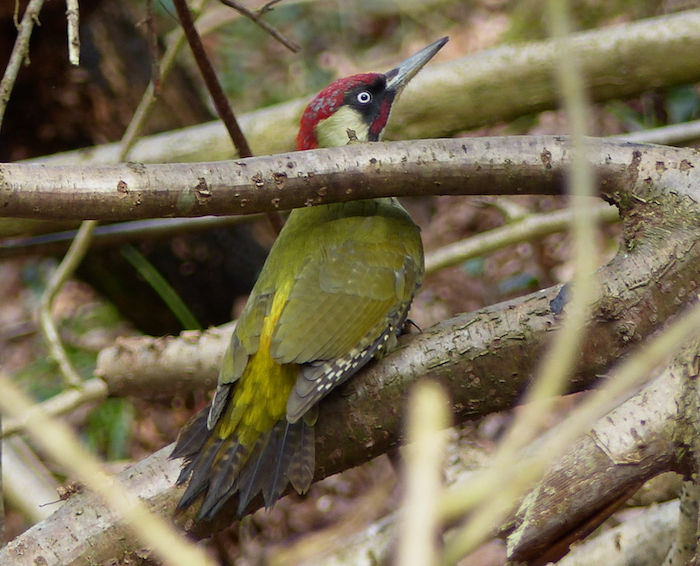
Unfettered access should not be ubiquitous as animals are living ever more harried lives, and suffering for it, because we are increasingly gaining access to, and crowding out, their worlds. In the overwhelming context of growing human populations and shrinking wild spaces, priority needs to be focused on vulnerable nonhuman wild animals whose requirements above all lie in undisturbed, connected, habitats. Having to forever relocate to avoid us, animals must focus on the basics of survival, a struggle they are losing; being left alone they have the capacity for the prosocial behaviours that for them mean happiness. We all strive to be happy; why should we deny this to others? I rest my case.
People might think that the primary purpose of buying a woodland would be to enjoy it themselves, and perhaps I thought that once too. Fortunately, as William Blake tells us, Nature is also about imagination, and with my inward eye I often visit my favourite landmark trees, hollows and groves, populated with woodland denizens happy by virtue of not being disturbed by me; and then my heart with pleasure fills.
I will conclude with where I began. My mother’s garden hosted a partially bald female blackbird, nesting in overgrown clematis. She used to tap on my mother’s kitchen window when she wanted feeding. But mummy blackbird still fled to a safe distance when the back door opened and her food was put out. I can still see that brown, balding, insistent head tapping on the window. Both now perhaps only exist in memory, but there is a simple lesson and truth in the relationship between that female blackbird and my mother. My mother cared for and protected, was proud of her mummy blackbird, and indeed she loved her. And a vital part of that love was this; the blackbird’s space was sacrosanct, and when she was about the human family was kept indoors; my mother’s garden belonged to that blackbird far more than to us.
References
Bekoff, B., (2014) Rewilding Our Hearts, Building Pathways of Compassion and Coexistence
Berkman, J., (2017) ‘A Theology of Animal Happiness,’ Keynote speech SARX Creature Conference 18 March 2017; https://sarx.org.uk/multimedia/creature-conference-talks/a-theology-animal-happiness/
Bötsch, Y., Tablado, Z., Scherl, D., Kéry, M., Graf, R.F., Jenni, L., (2018) ‘Effect of Recreational Trails on Forest Birds: Human Presence Matters,’ Frontiers in Ecology and Evolution, https://www.frontiersin.org/articles/10.3389/fevo.2018.00175/full, 12 November 2018
Crist, E., (2017) ‘The affliction of human supremacy,’ The Ecological Citizen 1: 61–4.
Czech, B., ‘The Imperative for Steady State Economics for Wild Animal Welfare,’ in Bekoff, M., (ed) (2013) Ignoring Nature No More. The Case for Compassionate Conservation
Hambler, C. & Canney, S. (2013) Conservation
Hertfordshire Biodiversity Action Plan 2006
IPBES, Science and Policy for People and Nature (May 2019),Media Release: Nature’s Dangerous Decline ‘Unprecedented’; Species Extinction Rates ‘Accelerating,’ https://www.ipbes.net/news/Media-Release-Global-Assessment
Kingsnorth, P. (2017) Confessions of a Recovering Environmentalist
Larson C.L., Reed S.E., Merenlender A.M., Crooks K.R., (2016) ‘Effects of Recreation on Animals Revealed as Widespread through a Global Systematic Review,’ PLoS ONE 11(12): e0167259. https://doi.org/10.1371/journal.pone.0167259
Leadbeater, S.R.B. (2016), ‘Reaching Forward to the Past; Rewilding the heart of a PAWS woodland to reverse species declines and extinction,’ Quarterly Journal of Forestry, April 2016 Vol 110 No.2
Leadbeater, S.R.B., (2018), ‘Meat; the Alpha and Omega of Extinction,’ ECOS, 39 (3): https://www.ecos.org.uk/ecos-39-3-meat-the-alpha-and-omega-of-extinction/
Leadbeater, S.R.B. (2019), ‘Ancient Roots to Untruths; unlearning the past and seeing the world anew,’ Quarterly Journal of Forestry, January 2019 Vol 113 No.1
Leadbeater, S.R.B., (2019) ‘In Defence of Tears,’ Ecological Citizen – Forthcoming
Monbiot, G., (ed), Gray, R., Kenny, T., Macfarlane, L., Powell-Smith, Shrubsole, G., Stratford, B., (2019) ‘Land for the Many; Changing the way our fundamental asset is used, owned and governed,’ The Labour Party,
Packham, C., (2018) A Peoples’ Manifesto for Wildlife (2018)
Reuters in Brasília, (2019), ‘Brazil: huge rise in Amazon destruction under Bolsonaro, figures show,’ The Guardian, 3 July 2019: https://www.theguardian.com/world/2019/jul/03/brazil-amazon-rainforest-deforestation-environment?CMP=share_btn_tw

